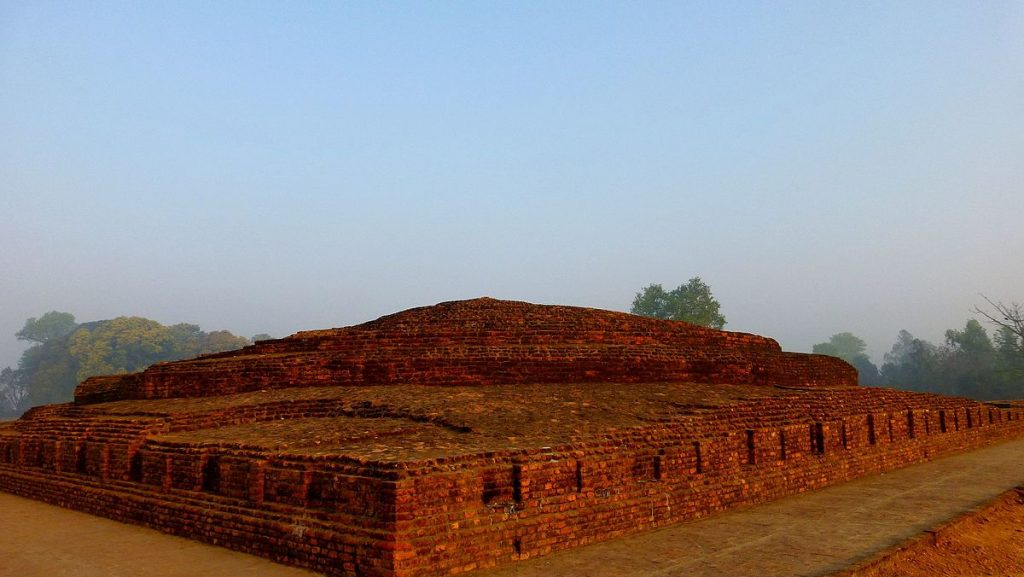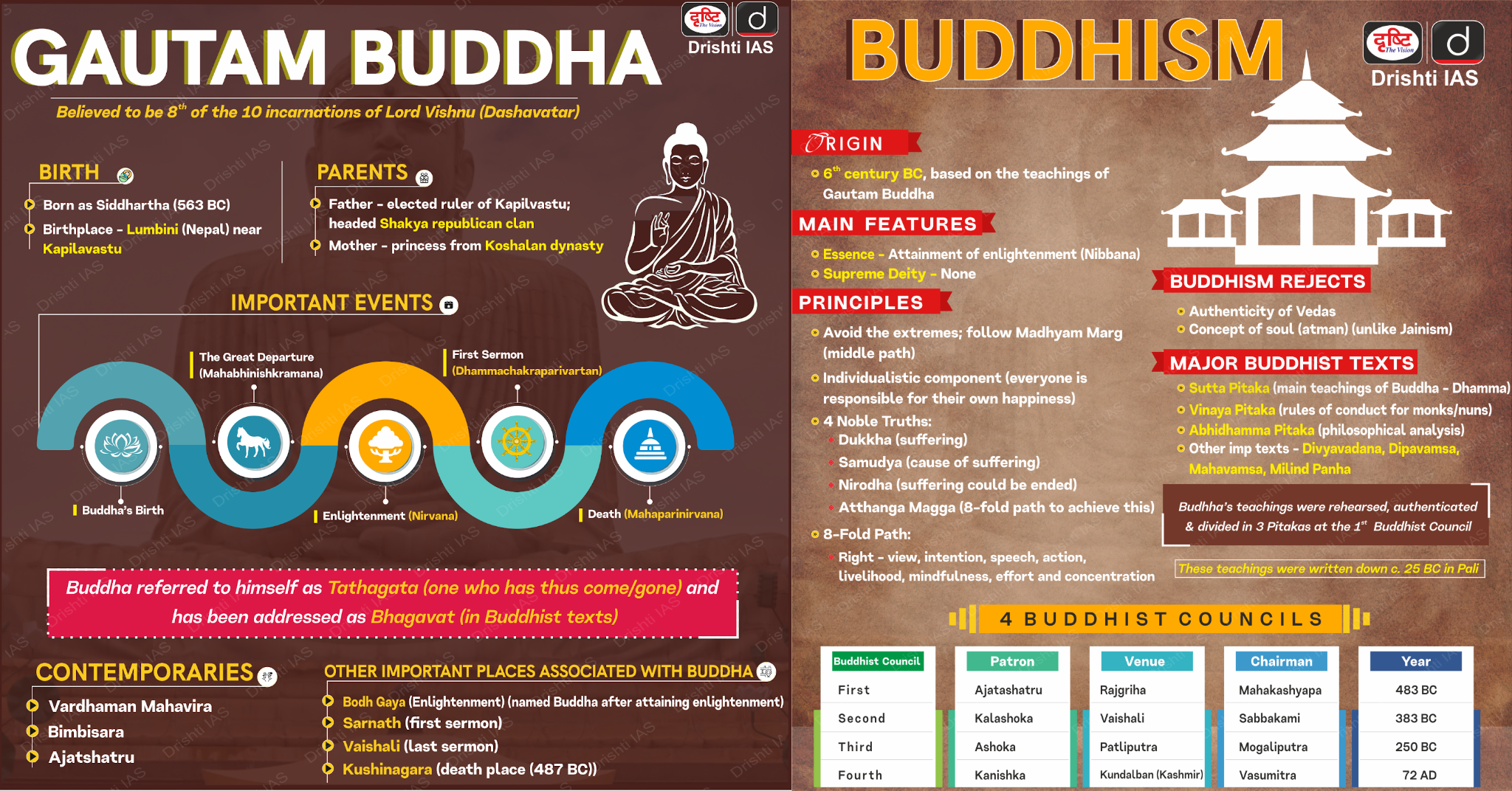Piprahwa Relics | 07 May 2025
Why in News?
The Central Government has launched a strong diplomatic and legal campaign to stop Sotheby’s in Hong Kong from auctioning the sacred Piprahwa Relics, which are believed to be the remains of Lord Buddha.
Key Points
- About Piprahwa Relics:
- Excavators discovered the Piprahwa Relics in 1898 at the Piprahwa Stupa in Uttar Pradesh, believed to be ancient Kapilavastu, the birthplace of Lord Buddha.
- The relics include bone fragments, crystal caskets, gold ornaments, and other ritual offerings.
- An inscription in Brahmi script on one casket links the relics directly to Lord Buddha, stating they were deposited by the Sakya clan.
- Legal Protection of the Relics:
- India classifies the relics as ‘AA’ antiquities, granting them the highest level of legal protection under national law.
- Indian law prohibits their sale or export, making any attempt to auction or remove them illegal.
- While most relics were handed to the Indian Museum, Kolkata in 1899, descendants of British excavator William Claxton Peppé retained some relics, now surfacing in the auction market.
- India’s Immediate Action:
- After learning of the proposed Sotheby’s auction in Hong Kong, the Ministry of Culture issued a legal notice demanding an immediate halt.
- The Archaeological Survey of India (ASI) contacted India’s Consulate General in Hong Kong to seek intervention.
Kapilavastu Relics:
- The discovery of an inscribed casket in 1898 at the stupa site in Piprahwa (near UP’s Siddharthnagar) helped identify the place with the ancient Kapilavastu.
- The inscription on the casket's lid refers to the relics of Buddha and his community, the Sakya.
- A further excavation of the stupa by the Archaeological Survey of India in 1971-77 brought to light two more steatite relic caskets, containing a total of 22 sacred bone relics, which are now under the care of the National Museum.
- This was followed by the discovery of more than 40 terracotta sealings from different levels and spots in the eastern monastery at Piprahwa, establishing that Piprahwa was the ancient Kapilavastu.


.jpg)
